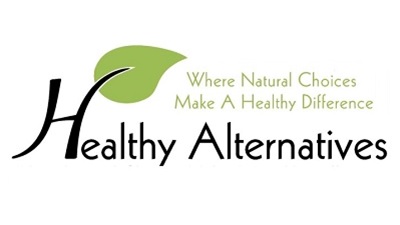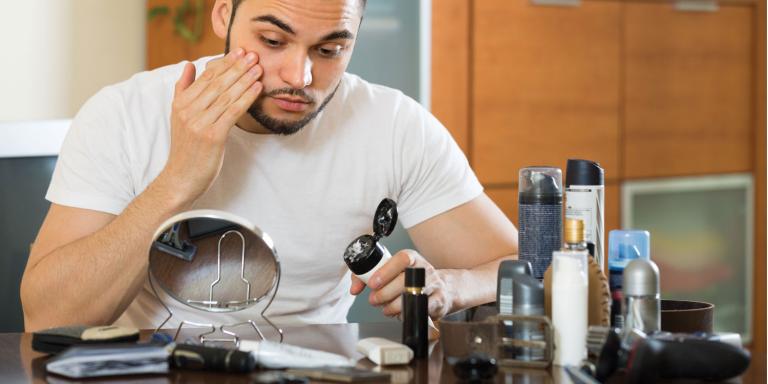Once upon a time, there was simply kohl. The Egyptians used it to outline their eyes for dramatic effect. It was so popular that today you can’t find an ancient tomb that doesn’t advertise the look.
Eras came and went, Greek temples rose and Roman empires fell, and presto, one day cosmeticians coined the “T-zone,” a designation signifying the oil spill that runs across your forehead and down your nose. A perfect T of woe that put cosmetic technicians to work and also gave us the catchy phrase “combination skin.” A plethora of products evolved.
For sure, we will never run out of things to put on our faces. But as time goes by, we’re reverting to that early Egyptian efficiency.
Today’s combination beauty products reflect our multitasking culture, which, in a time-crunched age, can be a lifesaver.
Enter the BB cream.
What, you may ask, is BB cream? The casually curious will encounter 51,500,000 matches on Google, so it’s obviously something, but anyone who digs deeper knows that it means different things to different people.
“BB” stands for blemish balm or beauty balm, depending on the culture. According to one source, the origins of the first term can be traced back to Korea, where it was okay to mention blemishes. When US producers cranked up production, they renamed it for a more promising result: Who doesn’t want beauty? And BB cream—a combo of skin care and makeup—
hit the fashion world.
Here’s a sampling of what these all-in-one serum-SPF-foundation-moisturizers are supposed to do: brighten, hydrate, protect, heal, clear, regenerate, and generally make your complexion look natural, only better. You may assume that such products contain a cocktail of unsafe or potentially toxic chemicals required to make good on such lofty promises. But a recent analysis by the consumer watchdog Environmental Working Group (EWG) found that using a BB cream may actually decrease your exposure to toxic chemicals—if you are someone who typically uses moisturizer, foundation, and sunscreen.
“EWG found that, on average, you can reduce your exposure to cosmetic chemical ingredients by nearly half by using one of these products instead of the usual trifecta of moisturizer, foundation, and sunscreen,” says Nneka Leiba, deputy research director for EWG. “Still, consumers must do their homework before choosing
a product.” It’s essential to read labels and look for
organic, good-for-you ingredients to put on your face.
What to look for
Antioxidants like vitamins C and E are recognized for their anti-aging properties. Vitamin C “brightens” skin and fades discolorations, while vitamin E works to control oily skin.
Mineral pigments are nonirritating, friendly to sensitive skin, and make for an all-around gentler BB cream. These pigments help conceal minor blemishes too, and won’t clog your pores in the process.
Soothing aloe treats redness, and along with green tea and jojoba, helps repair UV skin damage.
And finally, speaking of sun damage, check the SPF. Make sure it’s coming from a safer source, like titanium or zinc dioxide, rather than a chemical sunblock.
Humanity continues to hope that one day we’ll uncork magic (youth) in a bottle. It hasn’t happened yet, but the progress in beauty products—especially organic ones—is fun to watch, and BB cream is a multi-talented tool to add to your beauty regimen. TFL

